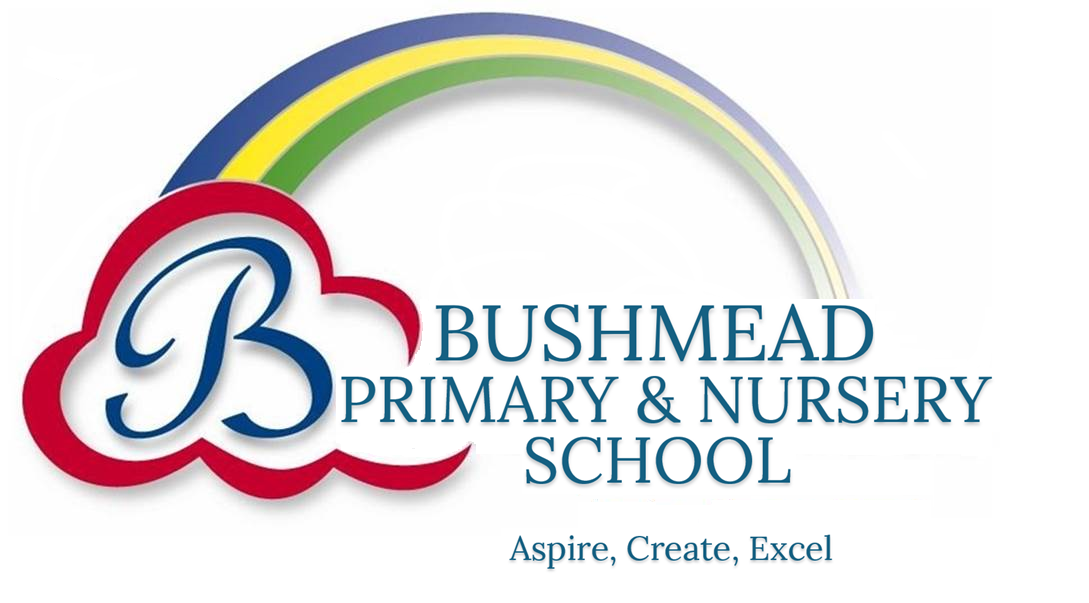Maths
Our mathematics curriculum follows the learning outcomes as set out in the 2014 National Curriculum. Mathematics is essential to everyday life. We deliver a balanced, meaningful and fun programme of activities which are accessible but challenging. Children develop a secure understanding of mathematics and are encouraged to make links to the real world.
Concrete, Pictorial, Abstract
A huge thank you to FOBS for their amazing donation of essential White Rose maths manipulatives, which are at the core of teaching Mastery for mathematics.
Concrete, Pictorial, Abstract (CPA) is a highly effective approach to teaching that develops a deep and sustainable understanding of maths in pupils. Often referred to as the concrete, representational, abstract framework.
Children can find maths difficult because it is abstract. The CPA approach builds on children’s existing knowledge by introducing abstract concepts in a concrete and tangible way. It involves moving from concrete materials, to pictorial representations, to abstract symbols and problems.
Concrete step of CPA
Concrete is the “doing” stage. During this stage, students use concrete objects to model problems. Unlike traditional maths teaching methods where teachers demonstrate how to solve a problem, the CPA approach brings concepts to life by allowing children to experience and handle physical (concrete) objects. With the CPA framework, every abstract concept is first introduced using physical, interactive concrete materials.
Pictorial step of CPA
Pictorial is the “seeing” stage. Here, visual representations of concrete objects are used to model problems. This stage encourages children to make a mental connection between the physical object they just handled and the abstract pictures, diagrams or models that represent the objects from the problem. Building or drawing a model makes it easier for children to grasp difficult abstract concepts (for example, fractions)
Abstract step of CPA
Abstract is the “symbolic” stage, where children use abstract symbols to model problems. Children will not progress to this stage until they have demonstrated that they have a solid understanding of the concrete and pictorial stages of the problem. The abstract stage involves the teacher introducing abstract concepts (for example, mathematical symbols). Children are introduced to the concept at a symbolic level, using only numbers, notation, and mathematical symbols (for example, +, –, x, /) to indicate addition, multiplication or division.
Barvember 2022 is here!
It is finally here! In each day of November, White Rose Maths release 5 new problems to solve using bar models. It is used to encourage everyone to use the bar model. Bar Modelling is a useful tool for helping children visualise and then solve maths problems. There is even a problem for adults to try! Barvember is a great way of encouraging children to think mathematically and work through some of the 5 big ideas that we use here at Bushmead.

The Barvember challenges and solutions can be found here. Don't forget to check out their digital tools for bar modelling.
